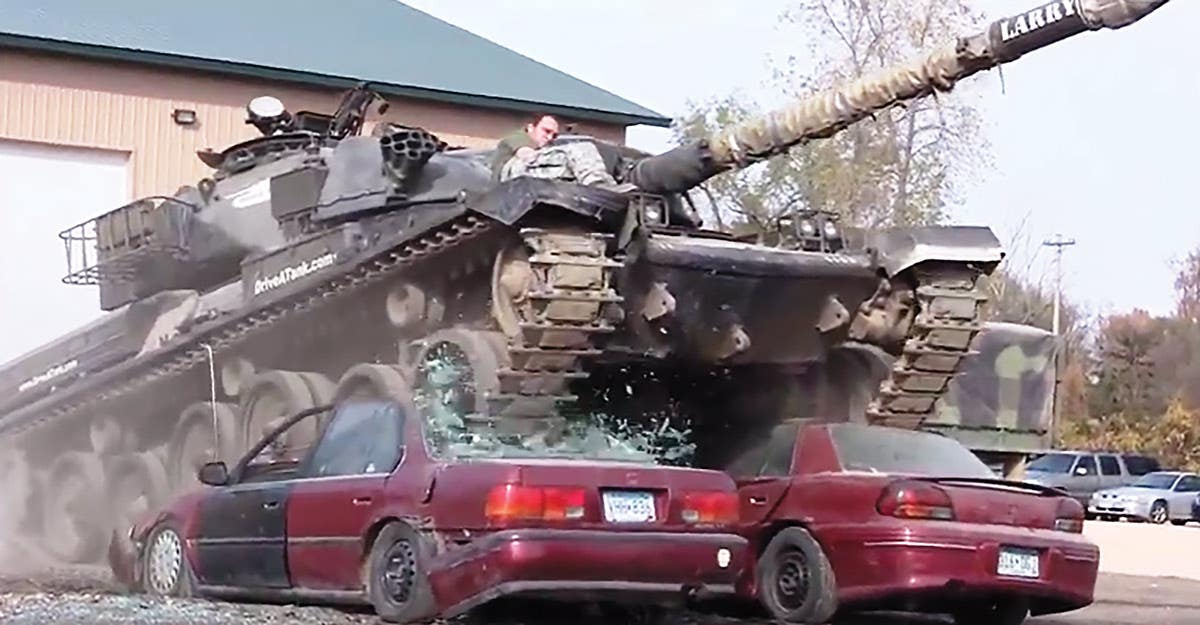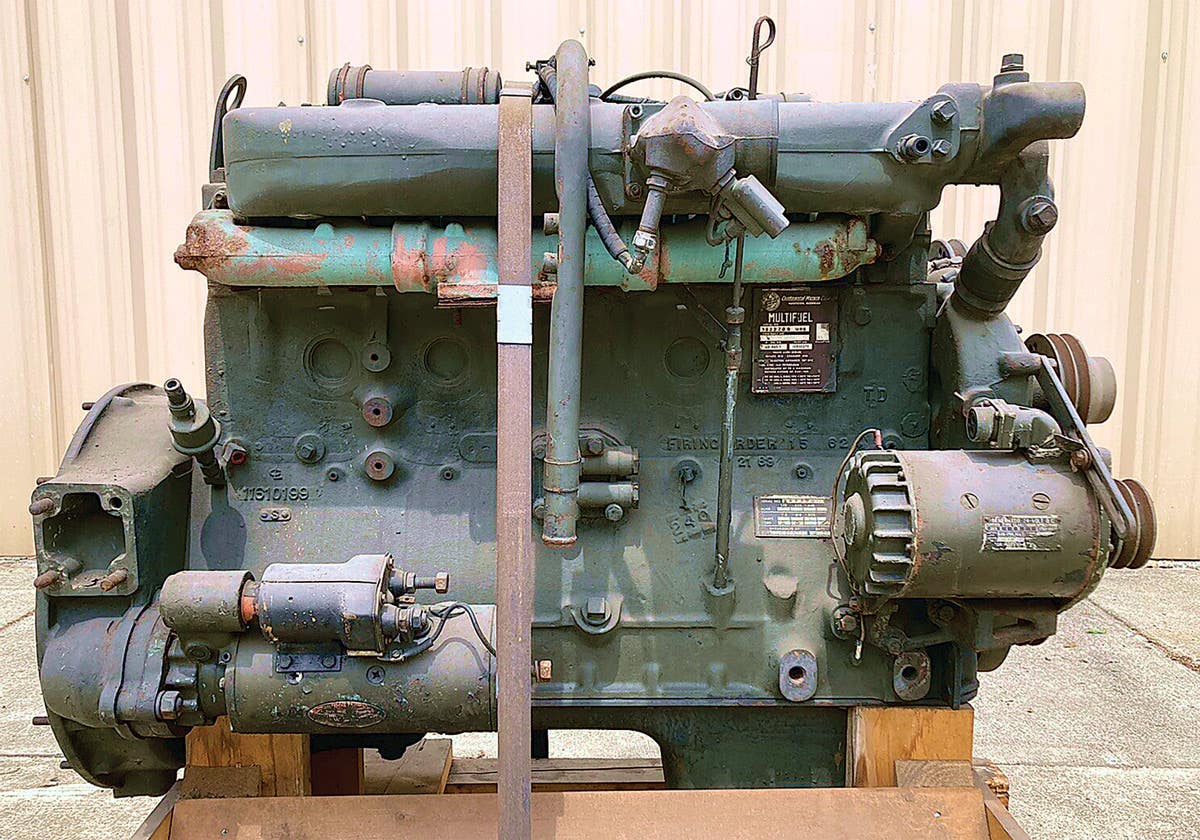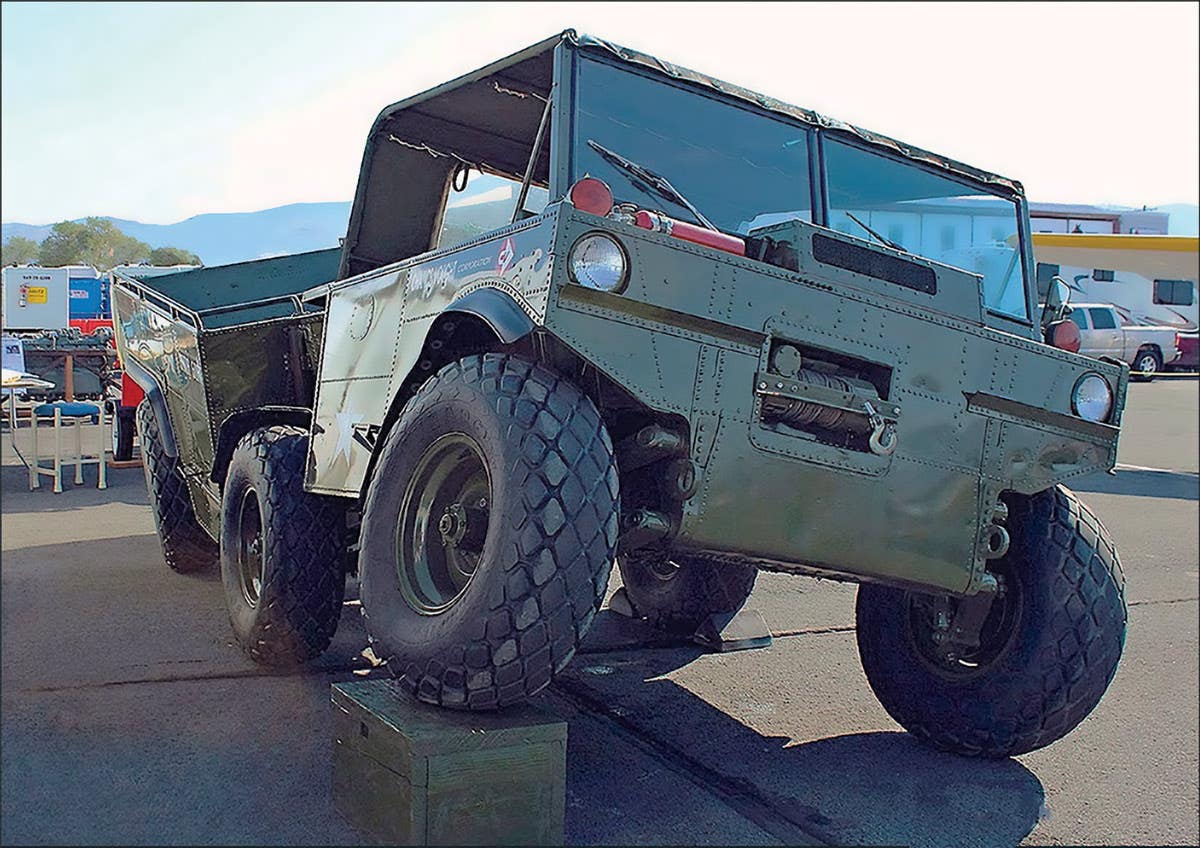Convoy communications: Cell phones or radios?
by Silvio Iacuone Remember the last time your club had a convoy-style trail ride, and half of the group ended up on the other side of the county due to…
by Silvio Iacuone
Remember the last time your club had a convoy-style trail ride, and half of the group ended up on the other side of the county due to a communication problem? You depended on your cell phones, but the lack of towers along hyour trail ride made them useless. This year, you might want to look into different types of communications—something the military has relied on for years—radios.
While the most common, legal types are usually FRS and CB radios, there are others. Here are a few options to keep you connected on that next convoy.
CB RADIO
This is probably the most common type. In case you don’t know what Citizen Band (“CB”) is, it is a non-licensed radio service consisting of 40 channels and legal power output of 4 watts AM and 12 watts SSB.
Used CB radios can be found online for as little as $20. When buying, make sure there is a sticker on the radio that says it is “FCC approved.” If you are caught operating one that doesn’t have it, you can expect a hefty fine—some times in the thousands.
Most radios cover AM which is good for close range. AM is prone to interference, however, since the power is restricted to 4 watts. For more money, you can purchase a Single Side Band (SSB) radio. SSB radios are less prone to interference and can have up to 12 watts of power. You may hear people talking about “linear amplifiers” that boost radio output power, but these are illegal.
When selecting a channel for your convoy, remember that channel 9 is the emergency channel. Channel 19 is the unofficial trucker’s channel. Most other channels are usually clear, but always listen before transmitting.
FAMILY RADIO SERVICE (FRS)
Family radio service covers your standard “walkie-talkie” These are your standard walkie-talkies (handheld radios) that use FM instead of the interference-prone AM.
Decent radios start at about $30 per pair. The more you spend, the more features you get. For example, you can obtain encryption codes so that you don’t override anyone’s signal. This isn’t like voice scrambling or anything high-tech. It is possible, even if somebody doesn’t have encryption codes, they’ll hear you but you won’t hear them.
The full output power is a fraction of a watt, but FRS radios are still usable because they use FM— much clearer than AM. While some manufactures brag about ranges like 35 or 55 miles, the range of all FRS radios are usually the same due. The differences are due to changing terrain.
CHINESE HANDHELD RADIOS
On online auctions, you will encounter some inexpensive Chinese- made handheld radios. Some of the common brands are Wouxon, Pofung, Baofeng, though the list goes on. Some of these radios are approved by the FCC for “business use only.” You cannot legally use them on FRS. Almost all of these radios come unlocked, meaning there is a wide area for you to transmit and receive on your radio. Be aware, though, you may run into amateur radio operators, marine band, military stations, and your local municipalities.
MARINE RADIO
Stay off this radio band, especially if you live near waterways! This band is monitored by the FCC and the Coast Guard. If you are caught operating illegally on Marine Radio band, it will lead to serious problems..
BUT WHY NOT USE CELL PHONES?
The CB radio craze of the 1970s has passed, but the CBs and other radios still have their purpose. As anyone can tell you who lives in a lightly-populated or rural area, cell phones have distinct limitations. The chances are, as long as your trail ride stays in the city, you will have reception. But this will drop as soon as you enter the countryside.
While there are some services like GMRS and amateur radio, these require special licensing. The same is true for former military radio— you need an amateur radio license to operate these legally.
So, when organizing your next trail ride, consider two things for communications in the convoy: Legality and connectivity. You will find, that good ol’ dust-covered CB radio or pair of walkie-talkies are the most effective tools meeting those goals.







